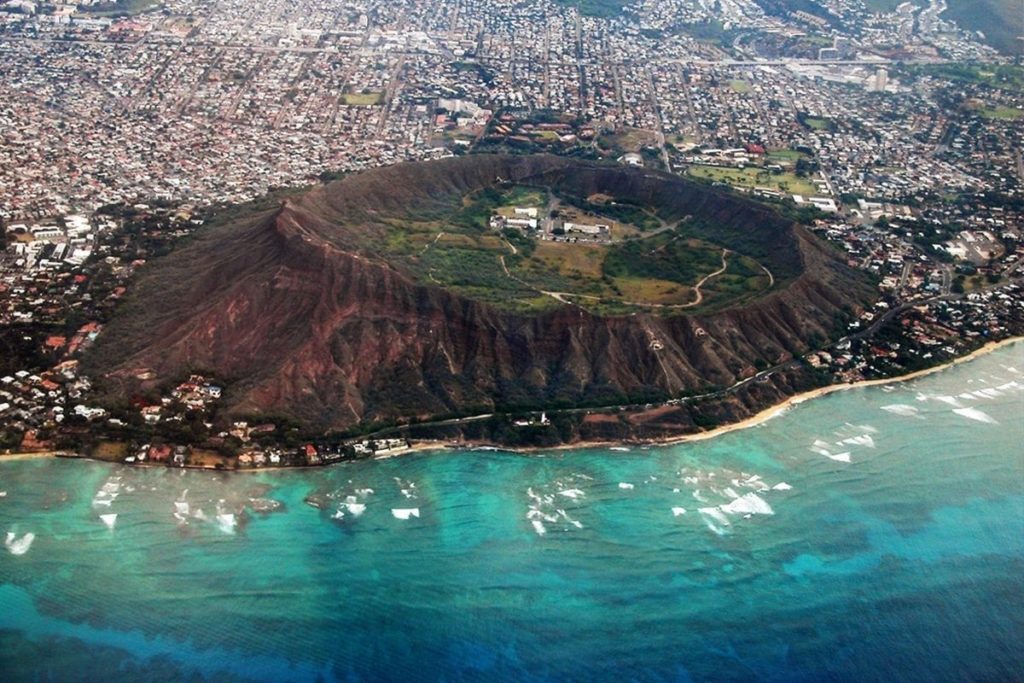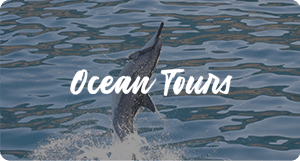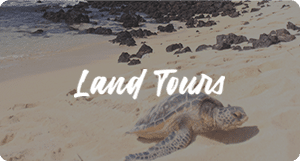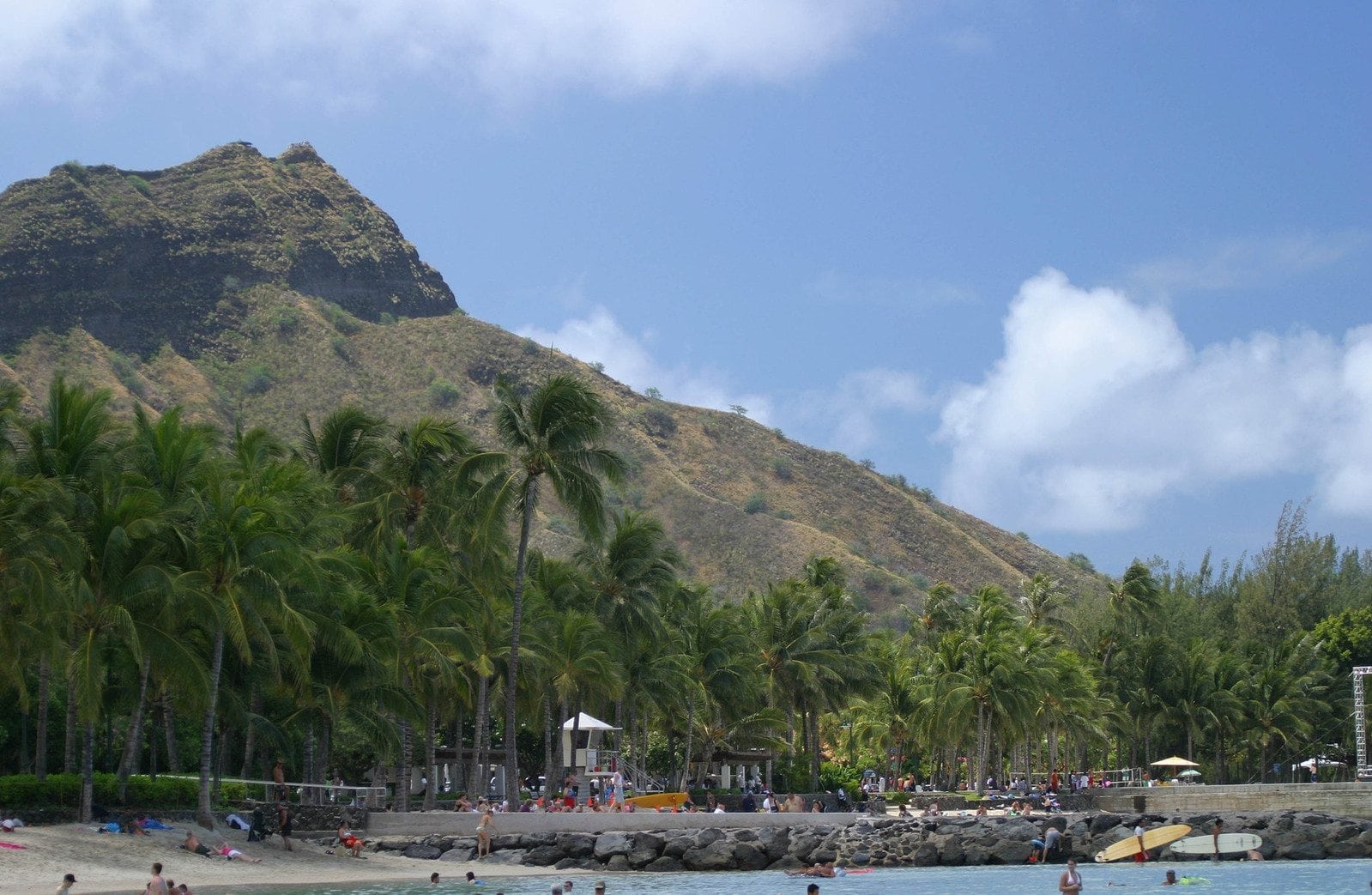Diamond Head Crater is an absolutely beautiful site on the island of Oahu. It sits majestically above the shores of Waikiki, overlooking the Pacific Ocean, and is a destination for many who visit the island and those who live there as well. Visiting this crater is definitely something you need on your agenda.
Here are 5 facts you need to know about Diamond Head Crater.

1. Use To Be a Military Base
The first military reservation on the islands of Hawaii was called Fort Ruger and was built inside the crater of Diamond Head. It was purchased for $3,300 in 1905 by the US Government. The government considered Diamond Head the perfect place for a military presence because the elevation and steep mountain walls acted as the perfect spot to fire in a 360 degree radius at incoming ships in the nearby waters. Diamond Head Crater is now a state park and no longer used as a military facility.
2. Diamond Head Mountain is 300,000 Years Old
About 300,000 years ago, there were small volcanic eruptions on the island of Oahu creating 3 significant craters in the area: Punchbowl, Diamond Head, and Koko Head. To the Southeast of Diamond Head is an area called Blackpoint, created by the lava flow from the eruptions. It’s interesting to note that the eruptions in some places covered coral reefs that now are over 100 feet above sea level, meaning the sea level was at least that much higher than it is now. It was an active volcano at one time, over 150,000 years ago, but has been dormant since and there’s no lava in the crater.
3. How Diamond Head Got Its Name
The name of Diamond Head became famous in the 1820’s when crews from British ships discovered calcite crystals on the crater. Because they believed they were diamonds, they named the famous volcano what it’s currently known as. Later, the British found that the crystals were, in fact, not diamonds.
4. Mount Le’Ahi
To the locals in Hawaii, Diamond Head Crater is actually called Le’Ahi. Le’Ahi means “brow of the tuna fish”. Hawaiians believe the legend that Pele’s sister, Hi’iaka gave it the name because from a distance, the crater looks like the back and fin of a tuna fish.

5. Bring Your Hiking Boots
Diamond Head Mountain only stands about 760 feet above sea level. If measured from the crater floor, the height of Diamond Head Mountain is 560 feet. Many who visit Diamond Head Crater make the moderate hike and using the well-maintained hiking trail all the way to its summit. Once you crest the summit, you’ll get a spectacular vista of the leeward side of the island of Oahu, including Waikiki, Honolulu, and another famous landmark, Diamond Head Lighthouse. The view of the Pacific Ocean is breathtaking and on clear days, you can see the nearby island of Molokai.
It’ll take about an hour to reach the summit, but only about half the time to return back down. The trail climbs the inside slope of Diamond Head for about 0.6 miles. It’s a switchback trail with the mountain on one side and a railing on the other.
After a lookout point that doubles as a rest stop, the trail takes a steep upward ascent through a series of stairs and tunnels. If you want to reach the second lookout point, you’ll have to climb 99 steps that eventually leads to a World War II bunker. From there, 54 steps will lead you to the final lookout point.
After you climb the 54 steps, you will reach the summit of the Diamond Head Crater, giving you some of the finest panoramic views on Oahu. Take a short walk around and savor the moment. On a clear day, you see forever. Standing atop the lookout, viewing Oahu’s entire leeward side, feeling the trade winds and hearing waves crashing far below, one can’t help but feel humbled to be on this beautiful island.
Come Enjoy Diamond Head Crater
If you’re planning to come to Hawaii anytime soon, we couldn’t recommend going to this beautiful crater enough. You’ll enjoy the scenery and your mind will travel back in time, imagining what this amazing volcano once looked like before it erupted.
And see more of the island on our full circle-island tour, Island and You.










